Over-the-counter antifungal creams usually get the job done
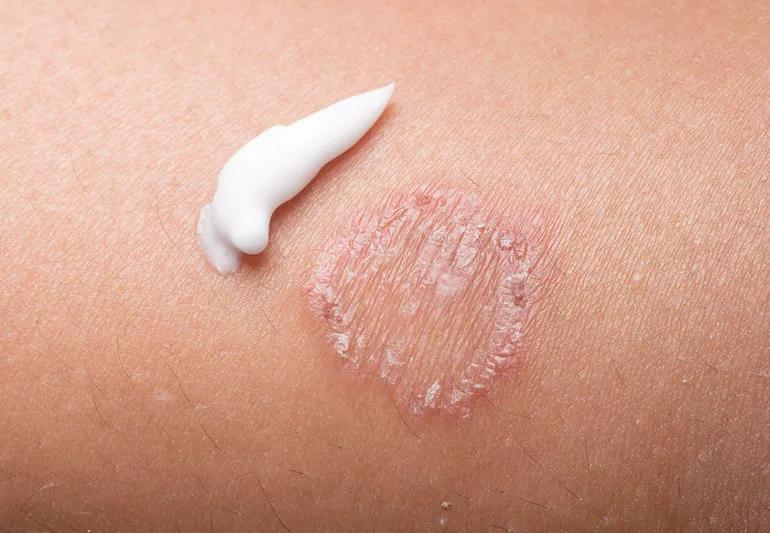
Being told you have a case of ringworm is enough to make your skin crawl. Thankfully, the condition is not nearly as creepy-crawly as it sounds. There aren’t even any worms involved. (Cue sigh of relief.)
Cleveland Clinic is a non-profit academic medical center. Advertising on our site helps support our mission. We do not endorse non-Cleveland Clinic products or services. Policy
The skin infection is caused by a fungus … which, come to think of it, does make ringworm sound a wee bit icky.
But if you have ringworm, know that you’re not alone. It’s estimated that 20% to 25% of the world’s population has some form of ringworm at any given moment. (As you might have guessed, the infection is very contagious.)
So, how can you conquer ringworm? Let’s find out from dermatologist Alok Vij, MD.
Ringworm causes red, ring-shaped patches on your skin. The red splotches typically have a wavy, wormlike border that’s raised or scaly, explains Dr. Vij. The rash is usually a little itchy (but not always).
If you have signs of ringworm, you probably want it gone yesterday. The good news? “It’s generally easy to treat,” says Dr. Vij.
Look for over-the-counter (OTC) antifungal creams such as Tinactin® (tolnaftate topical) or Lotramin® (clotrimazole). These products are often found in the foot care aisle and marketed for athlete’s foot, one variation of ringworm. (More on that in a bit.)
These creams will:
Most often, an OTC treatment works well to clear up ringworm. If it doesn’t, check in with a healthcare provider. You may have a robust ringworm infection that requires prescription treatment.
Don’t use an over-the-counter hydrocortisone skin cream on ringworm, as it may worsen the infection.
The short answer? Don’t bet on it.
A mild case of ringworm may clear up on its own in a few weeks if you’re lucky. And that’s only if you’re careful in following precautionary self-care steps, such as keeping the infected skin clean and dry.
But it’s more likely that the easily transmissible infection will spread to other areas of your body if you don’t treat it. It can pop up on any patch of skin, too, including your scalp (very common in kiddos), your feet (where it’s known as athlete’s foot) or your groin (hello, jock itch).
Apple cider vinegar offers some wonderful potential health benefits. Curing ringworm, however, is NOT among them despite what online chatter and old folklore might lead you to believe, says Dr. Vij. In fact, using apple cider vinegar on ringworm may result in open sores or inflammation.
Other touted natural home remedies for ringworm — including aloe vera, garlic, tea tree oil, turmeric and coconut oil — also aren’t scientifically proven and backed.
Using antifungal creams and medications is your best bet to cure ringworm fast. Use these strategies to help stop those telltale red ringworm rings from migrating or to avoid the infection in the first place.
After touching a ringworm rash for any reason, including applying antifungal cream, wash your hands before you touch another part of your body. (Or somebody else’s body. Your friends will thank you.)
Sweating can spread ringworm droplet by droplet. Minimize the risk by showering immediately after a drippy workout. (That’s a good idea even without ringworm, by the way.)
Afterward, make sure to dry off thoroughly and pay attention to hard-to-reach areas. (Like between your toes.) Use two towels, too — one for areas with ringworm and the other for the rest of your body.
Locker rooms, gyms and pools are breeding grounds for the fungi that cause ringworm and other infections. Wear shower shoes and avoid going barefoot in those settings to keep your tootsies healthy.
If you do get athlete’s foot, try to wear open-toed shoes until the infection clears to keep the area dry. (Air circulation is your friend!)
Regularly wash all linens, towels and clothing that come into contact with a ringworm infection. Go ahead and crank up the water temp in the washing machine, too. You want to scorch those fungi.
Use disinfectant sprays or bleach to kill ringworm-causing fungi that might be contaminating bathroom countertops, door knobs or other surfaces.
Ringworm isn’t just a problem for people. Dogs and cats can get and spread the skin infection, too. Ditto for cows, goats, pigs, sheep and horses. The fungus may leave hairless patches on infected animals.
If you suspect your pet or an animal in your care has ringworm, make sure it’s seen by a veterinarian for treatment.
It doesn’t take long to identify a ringworm infection given its distinctive and scaly ring-shaped rash. But getting rid of it often requires a bit of patience.
Mild cases often clear up within a few weeks, especially if you treat it with an OTC antifungal cream. More serious infections may linger for a few months even if you’re taking the necessary steps to knock them out.
Contact a healthcare provider if antifungal creams aren’t working on your ringworm or if the infection:
“Most ringworm infections can be treated with an over-the-counter antifungal cream, proper care and a little patience,” reassures Dr. Vij. “Don’t ignore it, though, or you may turn a small infection into a much larger problem.”
Learn more about our editorial process.
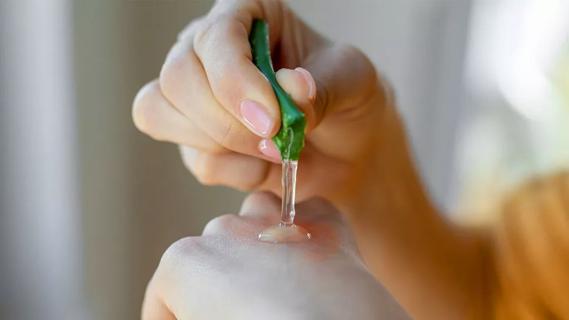
Some natural home remedies may offer relief, but they lack scientific evidence and won’t typically cure the condition

An expert explains the difference between the two skin conditions
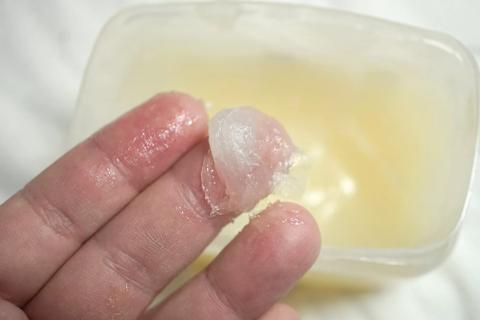
Go ahead and get goopy to help boost hydration and repair damaged skin
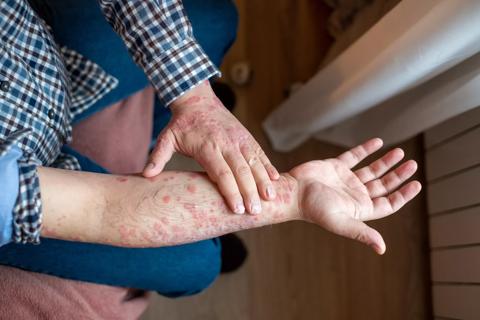
The common skin condition isn’t contagious, but it can pop up anywhere on your body during a flare
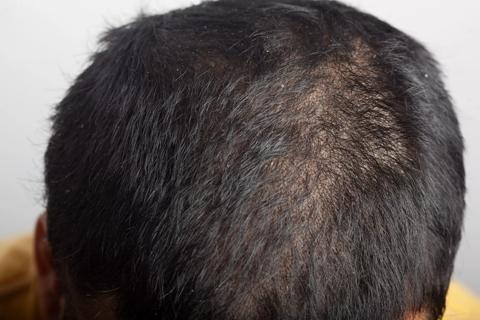
Calm an itchy scalp by using medicated shampoo, avoiding blow-drying and resisting the urge to scratch

Caused by inflammation, psoriasis itch can be managed with a variety of treatments, like moisturizing and taking cooler and shorter showers

Stress, infections, skin injuries and environmental factors can trigger an onset of psoriasis symptoms

As you age, hormones can continue to play a big role in breakouts

Your metabolism may torch 1,300 to 2,000 calories daily with no activity

A gentle touch in all the right places may help drain your sinuses